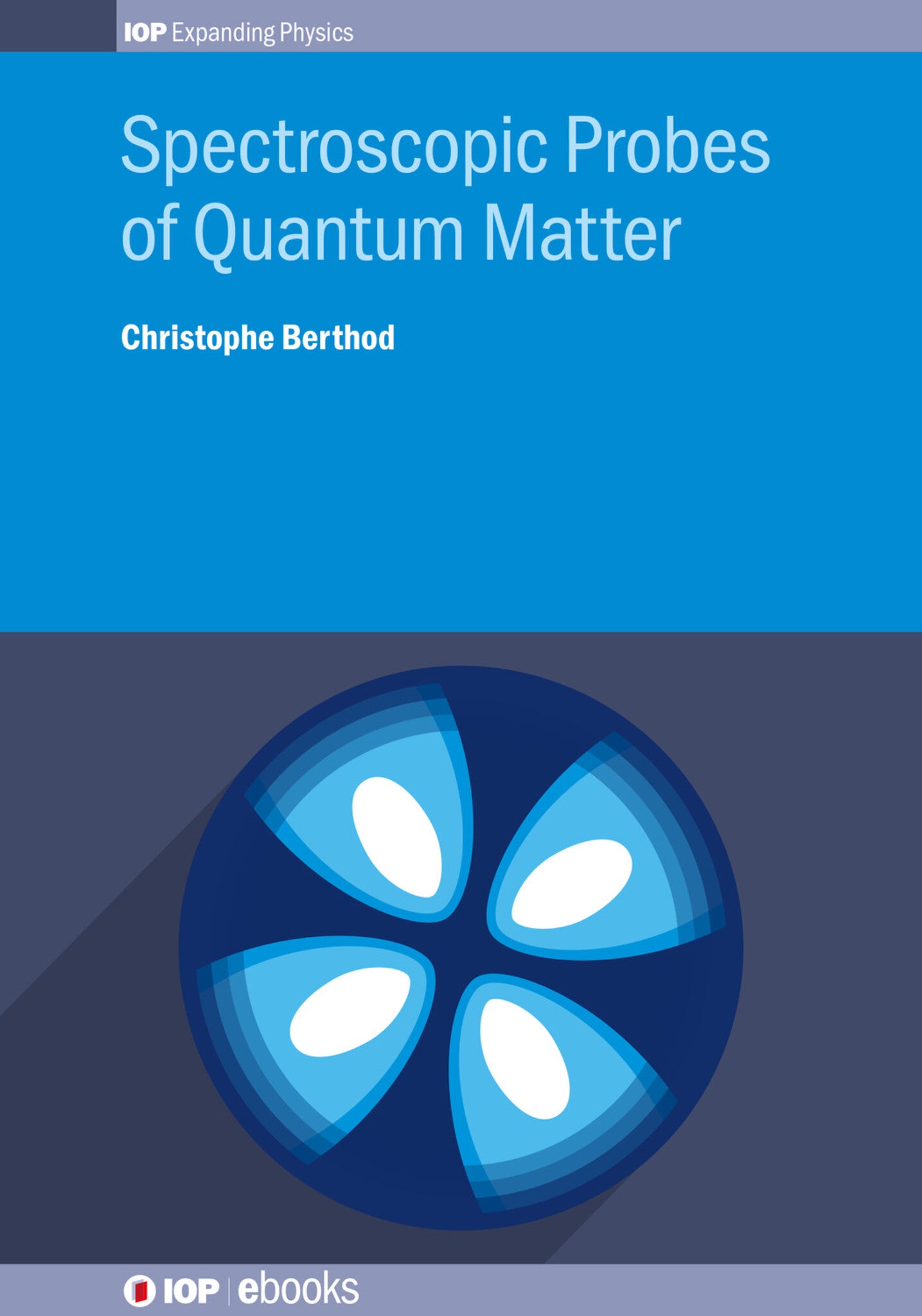We're sorry. An error has occurred
Please cancel or retry.
Spectroscopic Probes of Quantum Matter

Some error occured while loading the Quick View. Please close the Quick View and try reloading the page.
Couldn't load pickup availability
- Format:
-
29 November 2018

Contemporary understanding of matter is based on the quantum theory, which envisions large collections of particles interacting with each other and with their environment. Spectroscopic probes based, for instance, on light, change the environment and trigger a collective response of the particles. This book, based on a graduate-level course, explains the underpinnings of many-body quantum theory and exposes the main methodologies for calculations, before describing, with the support of practical examples and short computer codes, how the spectroscopic techniques are represented within the theory and how their outcome is interpreted as a probe of the correlations between quantum particles.

SCIENCE / Physics / Condensed Matter, Condensed matter physics (liquid state and solid state physics)

Bibliography
Conventions and notations
Useful mathematical formula
I Introduction
1 Digest of many-body theory
2 Elements of quantum mechanics
3 Correlation functions: definitions and properties
4 Imaginary-time formalism
5 Calculating correlation functions
6 Response of matter to applied fields
II Spectroscopic probes
7 External photoemission
8 Electrical resistivity
9 Electron tunneling
10 Neutron scattering



